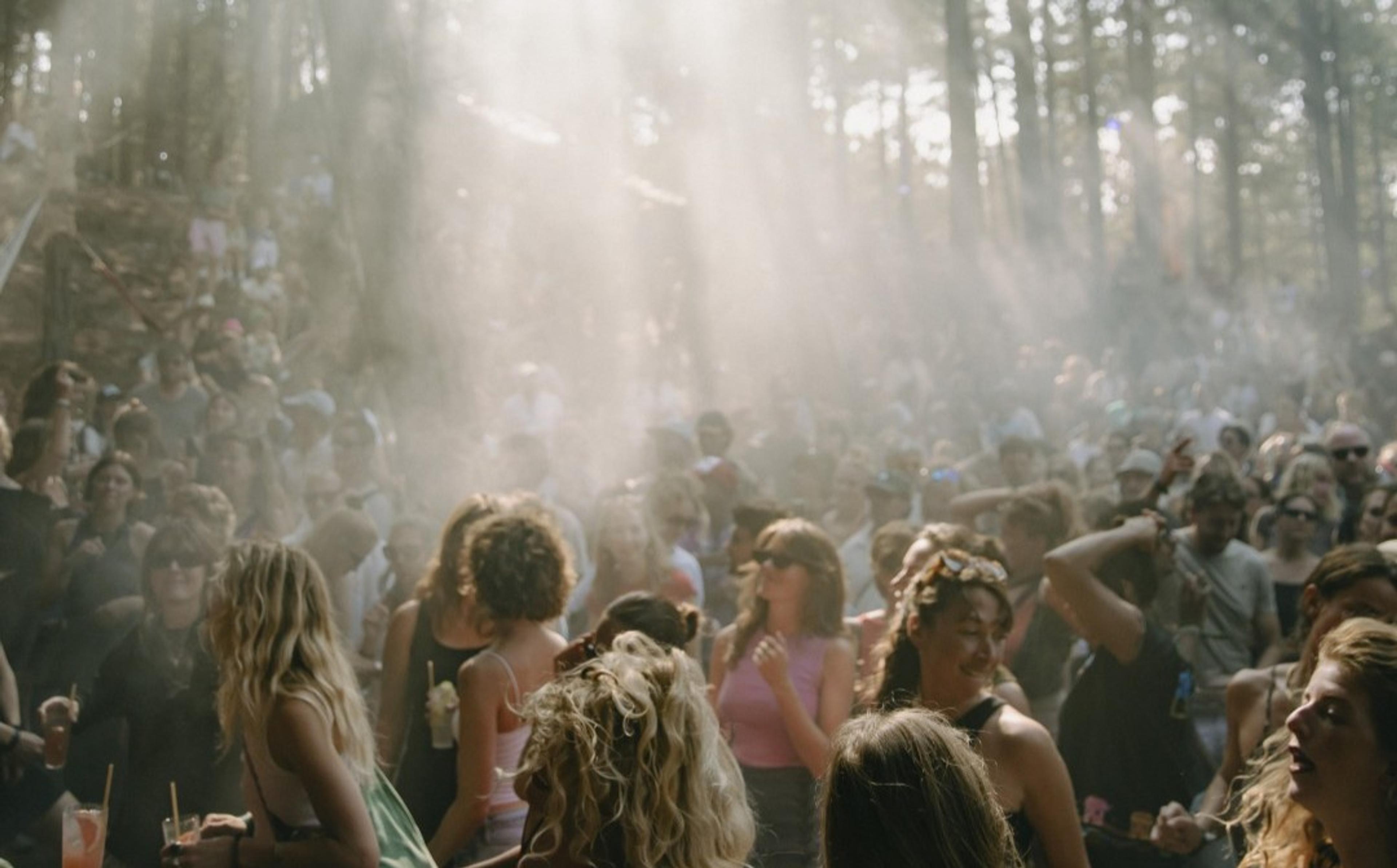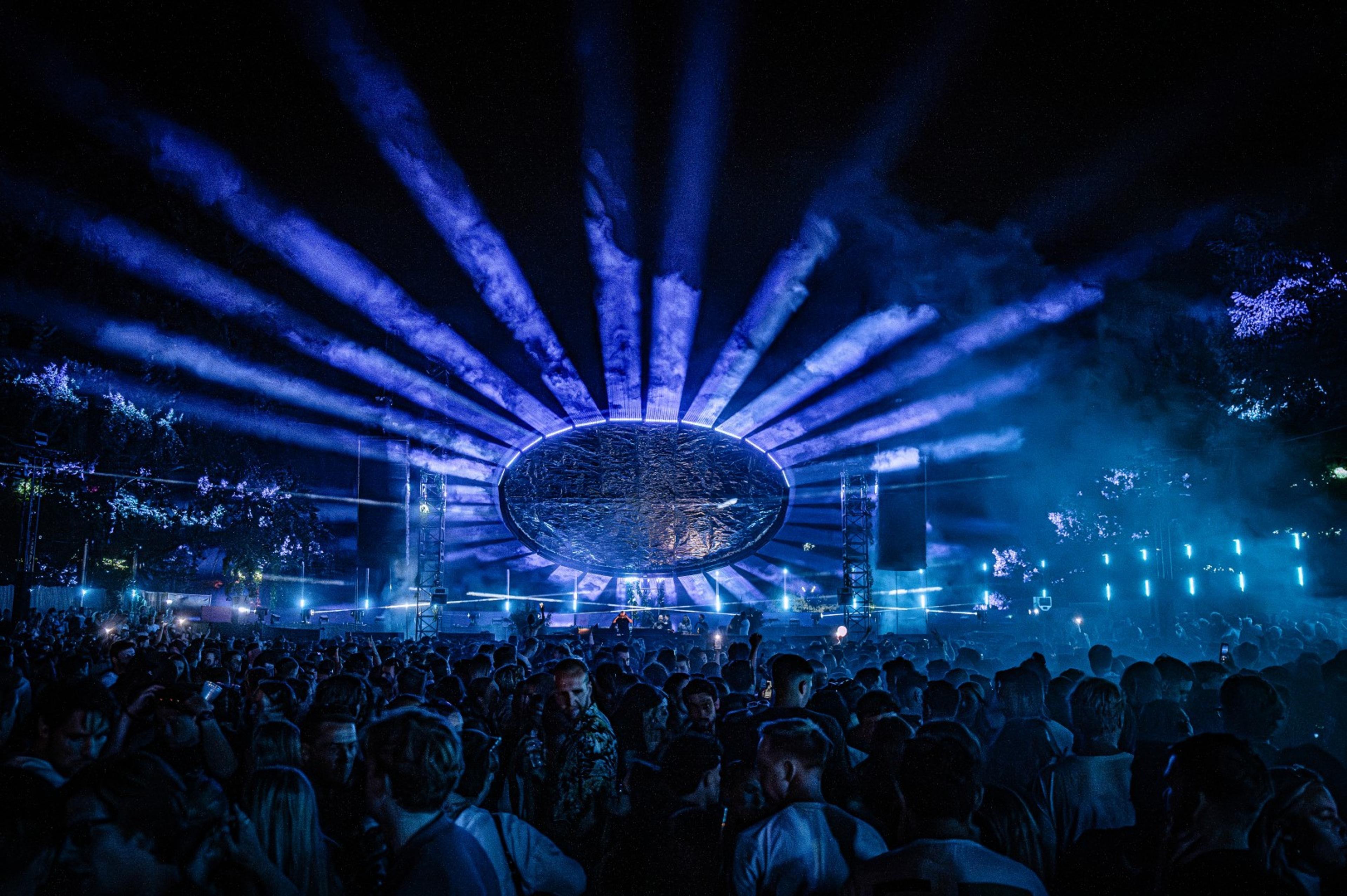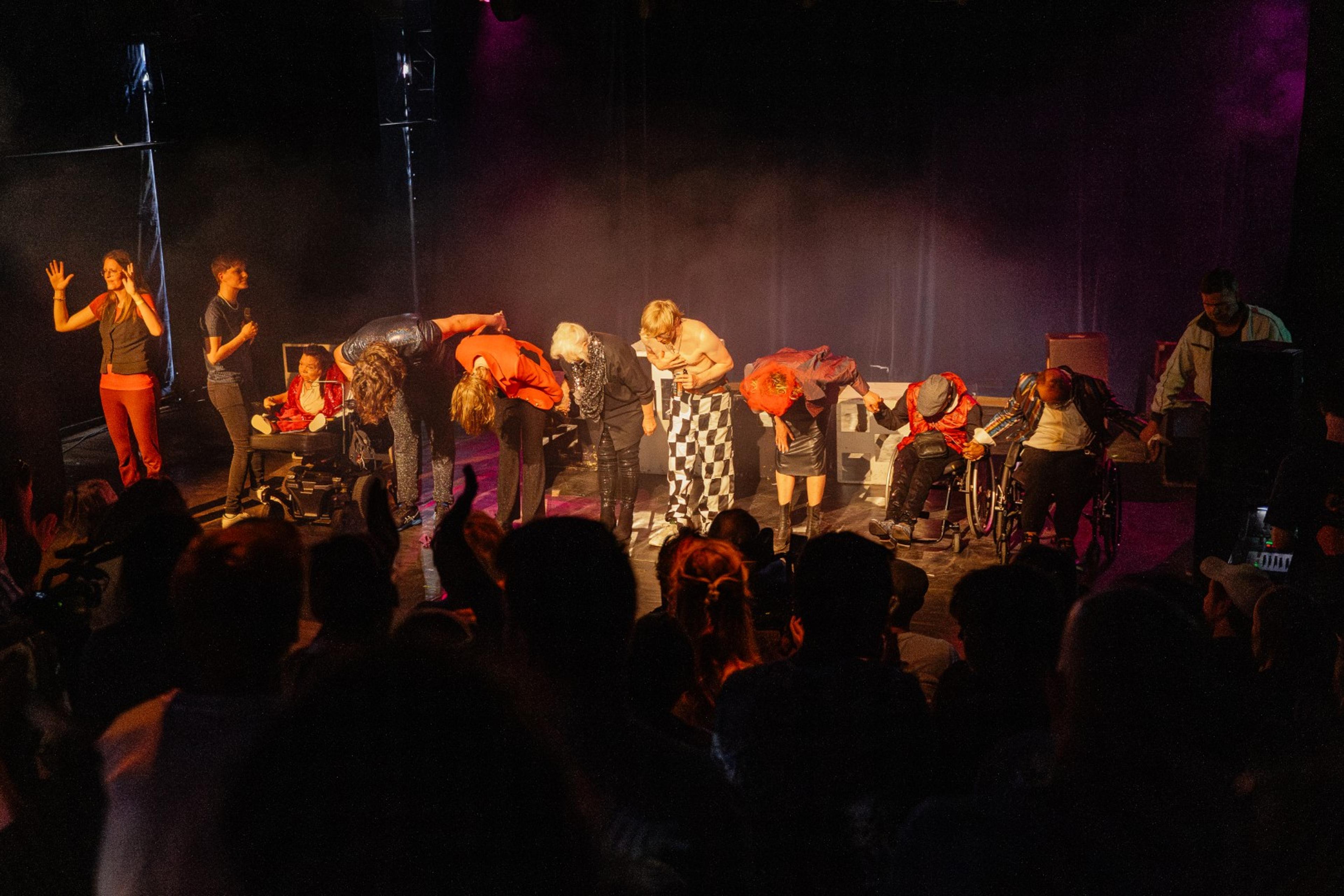
The cultural sector faces the challenge of making the transition to renewable energy while managing the rising cost of electricity and gas. By using energy more consciously, you can not only reduce your carbon footprint, but also save costs. In this article, we discuss three key steps to become more energy efficient and sustainable.
Laws and regulations
As a cultural organization or event organizer, you must be mindful of rules about energy consumption. For example, there is the Energy Conservation Obligation, which requires organizations to implement energy-saving measures with a payback period of five years or less. Here, the Recognized Measures List (EML) provides an overview of such measures. In addition, regions are working together on the Regional Energy Strategy (RES) to facilitate the transition to sustainable energy. In the Arnhem-Nijmegen region, this is being coordinated by the Green Metropolitan Region. This means that they are working with municipalities, entrepreneurs and other parties to make energy use more sustainable. For the cultural sector and events, for example, this means initiatives for green power, battery systems and low-energy lighting.
📖 Reading tip: In the article Sustainable concerts and festivals? It is possible, but there is still much to be done on ´From Here´ Hidde Middelweerd discusses the current (2023) sustainability efforts and challenges within the events sector.

Monitoring energy consumption
Monitoring energy consumption is a crucial step toward sustainability. By understanding current consumption, inefficiencies can be detected and targeted measures taken. Smart meters and energy management systems (EMS) are valuable tools in this regard. The Regionaal Expertiseteam Energie van de Groene Metropoolregio Arnhem-Nijmegen (REE) supports entrepreneurs in the Arnhem-Nijmegen region in implementing such systems.
ℹ️ Definition: An energy management system (EMS) is a combination of hardware and software. It is used to measure, analyze and optimize the energy consumption of a building, industrial facility or household. For example, the Concertgebouw in Amsterdam uses an EMS to gain insight into the energy consumption of their halls, climate installations and lighting.

The Trias Energetics
The Trias Energetica is a three-step strategy that can be used as a method to minimize energy consumption while using renewable resources as much as possible. This principle is widely used in the construction and energy sectors, but it can also help the cultural sector make energy-efficient and sustainable choices.
The core of the Trias Energetics consists of three constructive steps:
- Reduce energy consumption by eliminating waste.
- Use renewable energy such as solar and wind power as much as possible.
- Use fossil energy as efficiently as possible to supplement renewable resources.
1. Using less energy
Energy conservation begins with smart choices about when and how energy is used. Rooms need only be heated or lit when they are actually in use. Good insulation and efficient climate control reduce heat loss in theaters and museums. Turning off sound and lighting systems when they are not needed significantly reduces consumption. Festivals and events can spread energy peaks by strategically planning set-up times and intense light shows.

Sustainable digital working in the cultural sector
Cultural organizations such as theaters, movie houses and companies are increasingly active in the digital domain. This involves not only public-facing initiatives such as livestreams and digital exhibitions, but also daily behind-the-scenes activities: emailing, video calling and file storage. All of these activities consume energy and resources. Want to be more conscious of your digital footprint, including in your everyday digital tasks? Here's what you can do.
2. Switching to renewable energy
The next step is to switch to renewable energy sources. Cultural institutions can install solar panels or participate in a collective purchase of green power. Wind energy can be an option, especially as part of an energy collective. For festivals, biogas is a sustainable alternative to diesel generators and is already being used successfully at events such as DGTL and Lowlands. Although the initial investment can be high, it provides long-term cost savings and a cleaner sector.
💡 Tip: Civil society organizations in healthcare, welfare, culture, sports and education can apply for a subsidy from the municipality of Nijmegen for advice on energy-saving and sustainability measures. Read more here!

3. Efficient use of energy
The energy still needed should be used as smartly as possible. LED lighting and energy-efficient appliances help minimize consumption. Motion sensors and timers ensure that lights and heating are on only when needed. For festivals and pop venues, battery systems can handle spikes in power consumption and avoid high costs. Smart energy management not only saves costs, but also makes the cultural sector more sustainable.

More sustainable power at events: Arnhem Electricity Week 2025
In the events sector, many parties are already working hard on various aspects of sustainability, including using the national Event Sustainability Ladder (DLE). This naturally includes a focus on the consumption of energy at events. This article is about sustainability in the field of power supply. We drew inspiration from a meeting between the Municipality of Arnhem and Connectr during the Arnhem Electricity Week in May 2025.